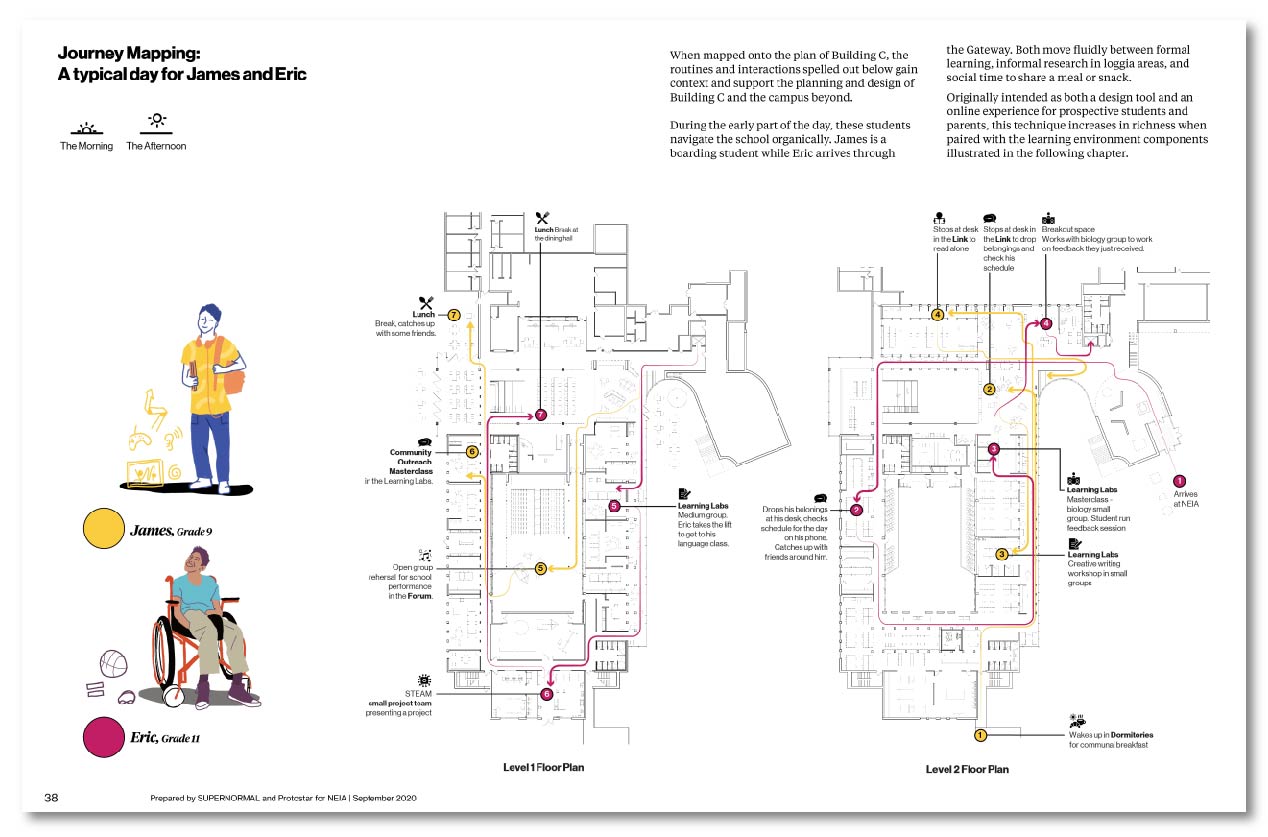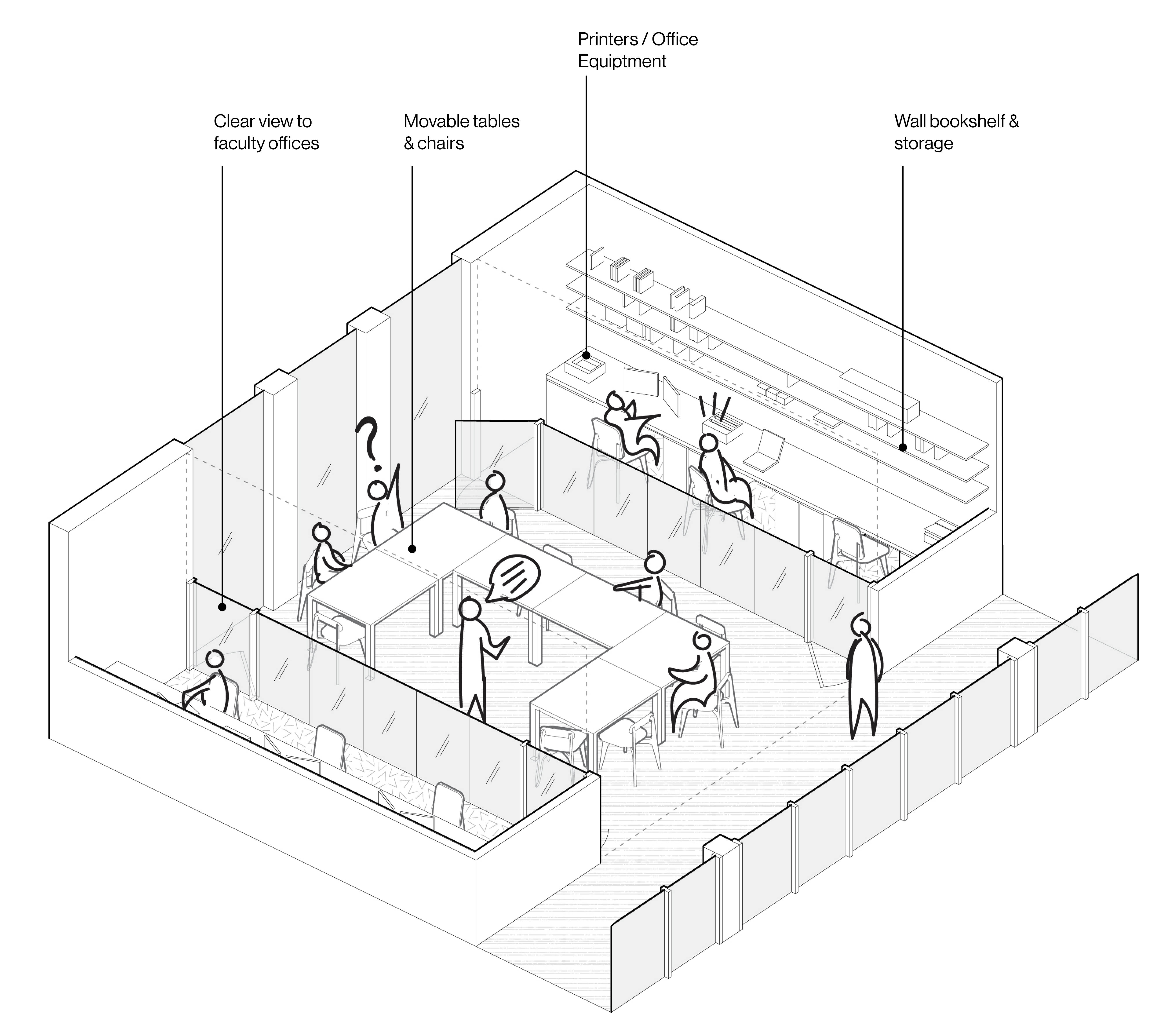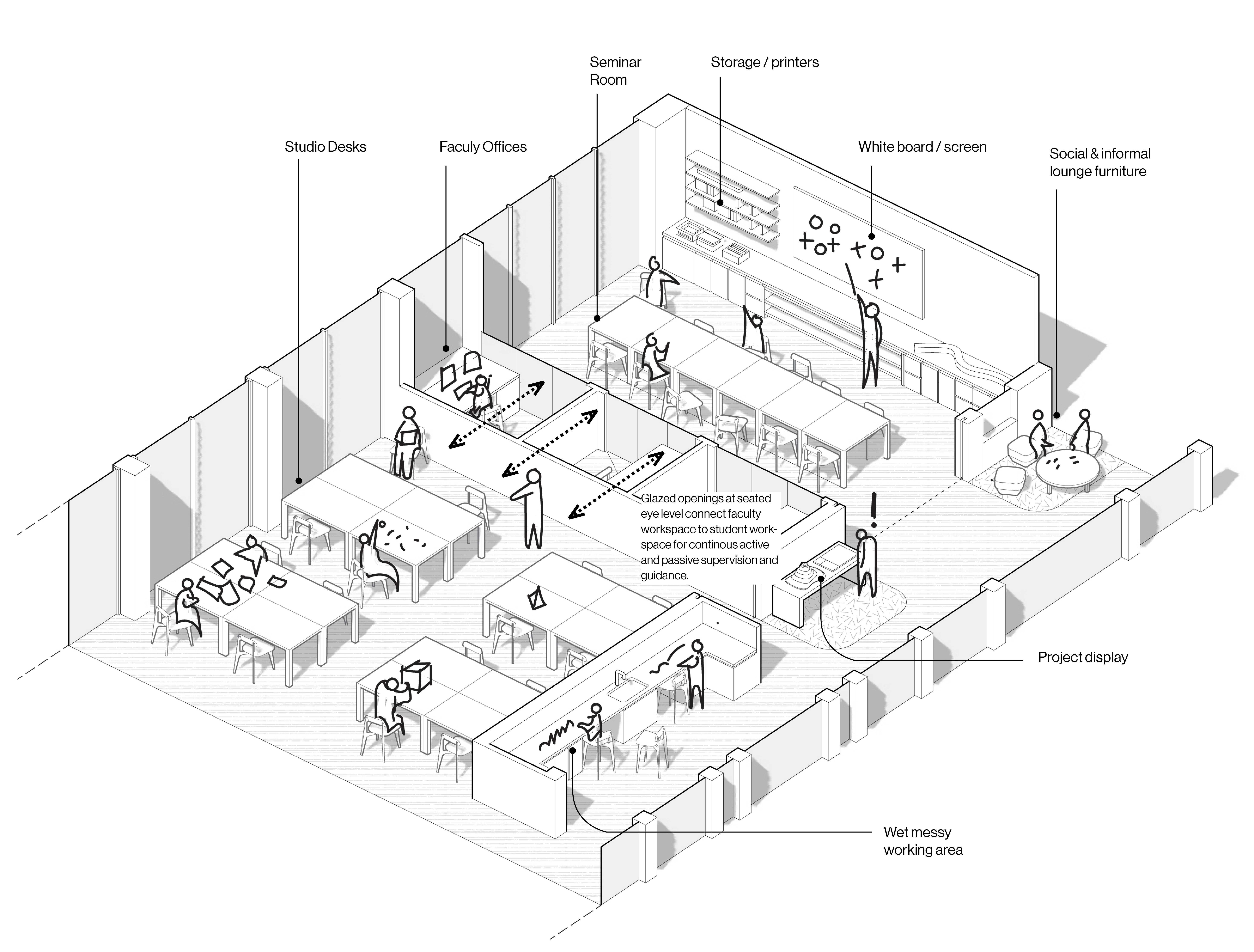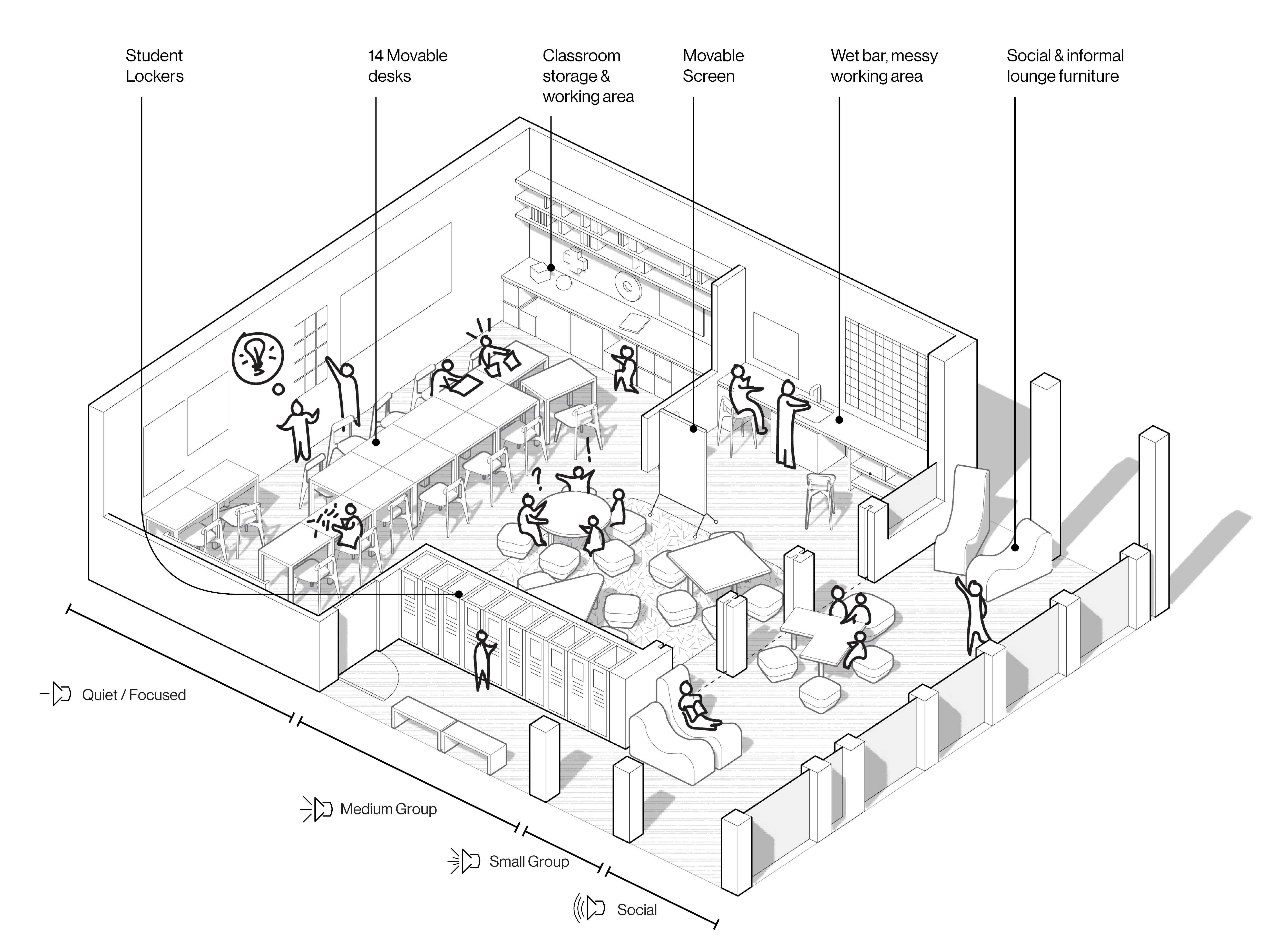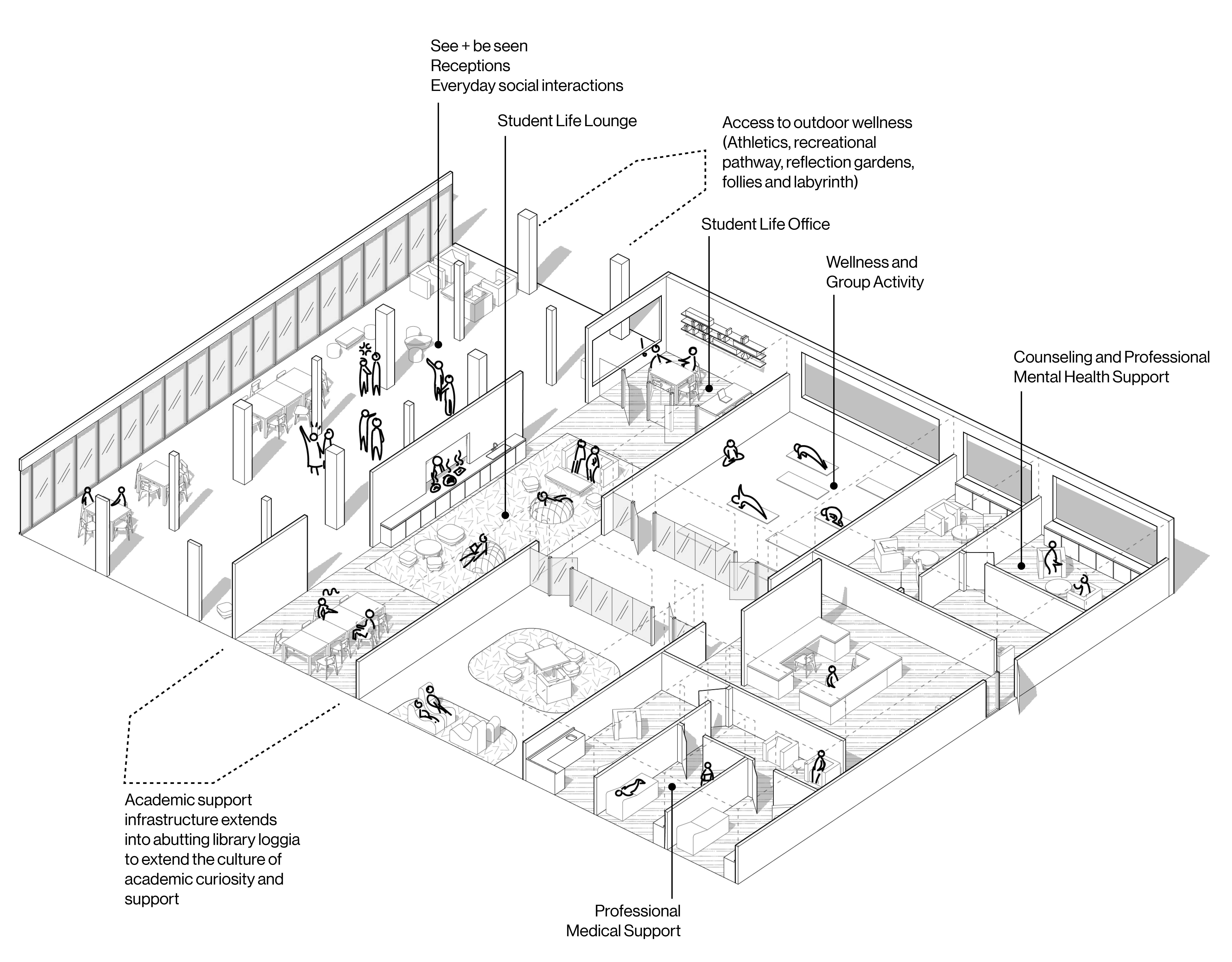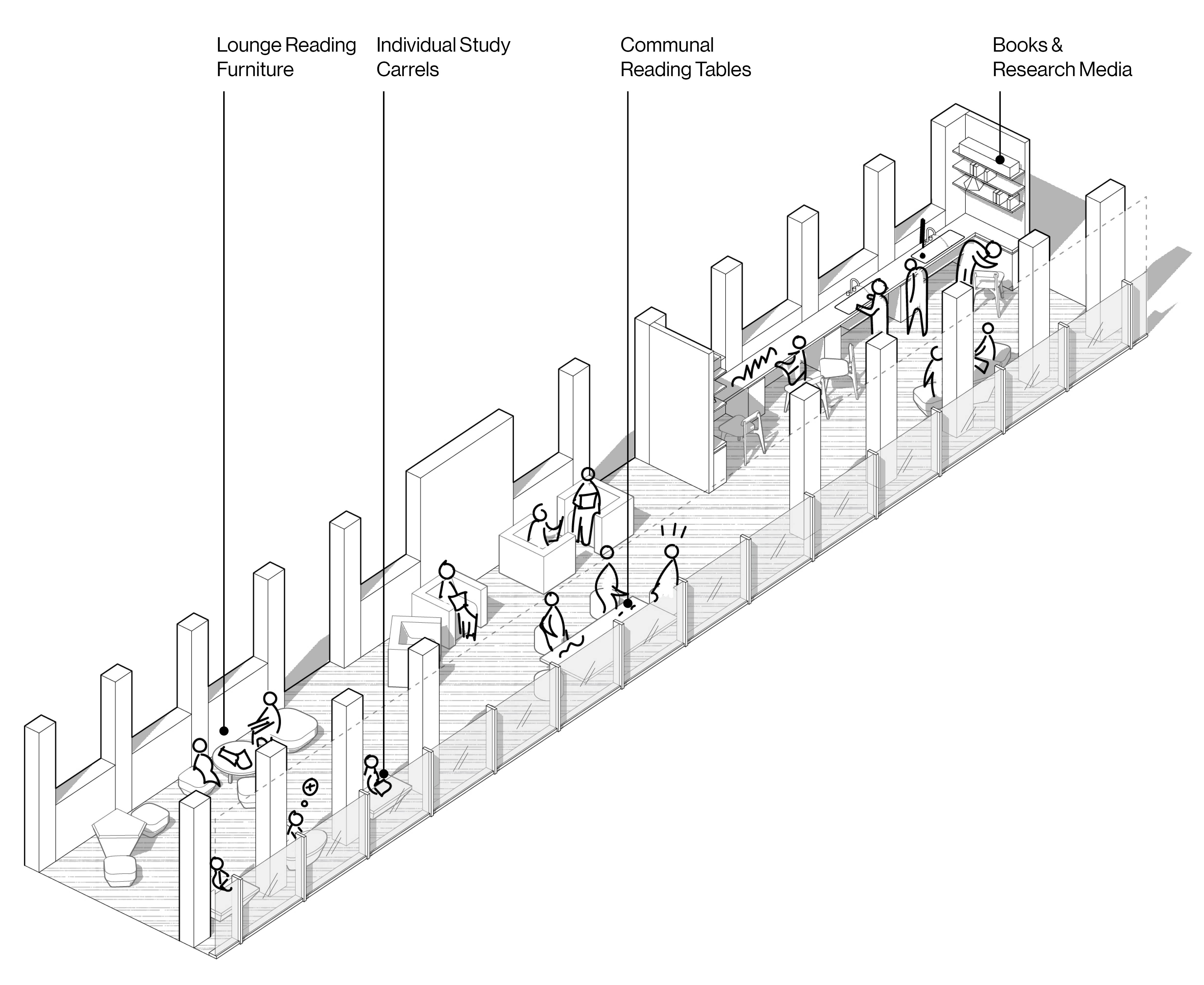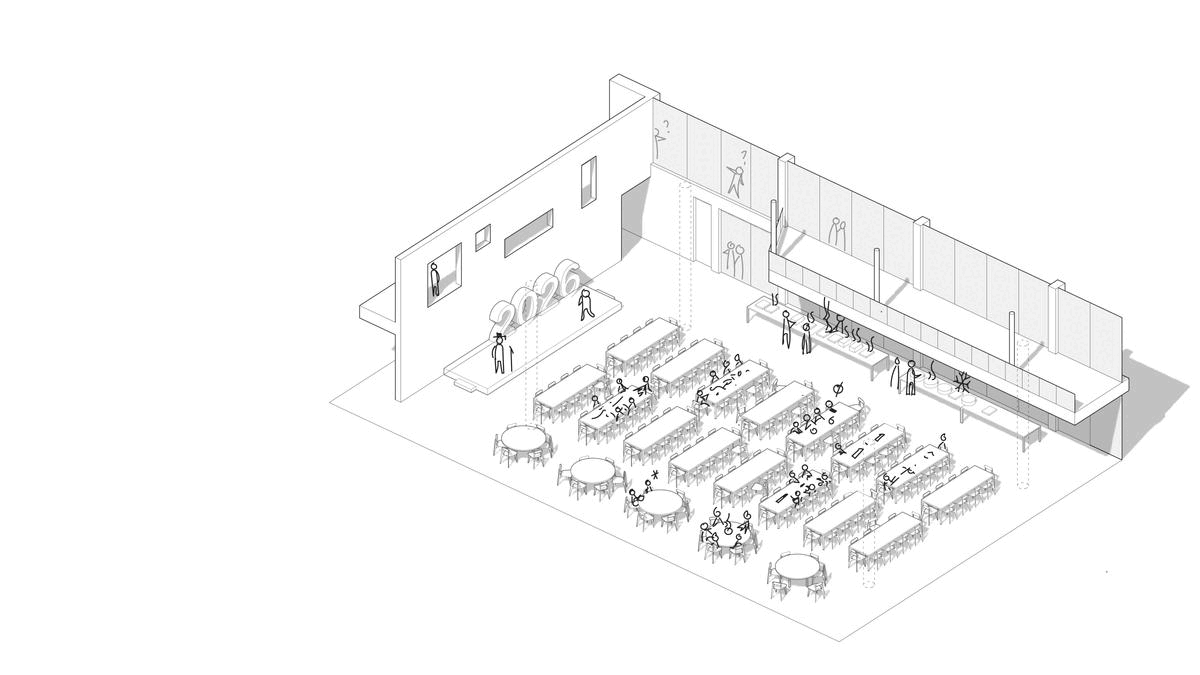Strategic design to imagine 21st century learning environments and pedagogy at NEIA

NEIA, 2020
Learning is traditionally packaged in ways have been considered appropriate for many decades – typified by the ‘sage on the stage’ format – an individual professional pedagogue in front of a ‘class’. But we recognize that as our society and its technologies are quickly changing, individuals of all ages find themselves regularly needing to acquire new skills, things that have been learned, need to be ‘unlearned’ and then ‘relearned’ using new methodologies adapted to emerging circumstances.
Learning at the New England Innovation Academy (NEIA) will be collaborative, empathetic, flexible, adaptive, intuitive, open ended; focused on possibilities rather than solely imparted content. It will value responsible stewardship of our natural, social, and digital context.
Over the last decade there has been an increasing focus on what many experts refer to as ‘21st century’ pedagogy – learning suited to a post-industrial context and mass personalization era. Globally, different educational systems have responded with varying degrees of dynamism and in some instances, policy, but shifts in pedagogical practice and overall design of schools has been minor, with little divergence from the common components of what constituted a school in the 19th Century.
We collaborated with the school founders and educational designer Darren Atkinson to imagine this truly contemporary pedagogy and culture, and the types of spaces that will enable the learning environment itself to participate as a teacher in individual and collective student explorations.
Working from stakeholder ethnographies, precedent, and pedagogical research through journey map testing and early prototyping, we established the character of an average day at the school and the vision, mission, and principles for NEIA. This Learning Spaces Strategic Plan prioritizes self direction and flexibility. Working within a clear project-based framework, each student and staff member will determine an individual daily routine that accommodates their ambitions, responsibilities, and needs.
The learning environment's spatial typologies are flexible enough to both accommodate and push back against the range of existing and new conditions that will host them across future school locations. The value system driving these typologies grows from the mission and culture of the school. Core typologies include group learning for different stages of growth, a range of research conditions, public social space, and faculty and staff work and collaboration spaces. Together they balance the need for focused work and connection to the natural, social, and digital world around them.
The first school will be located in an existing but long-vacant corporate campus (see Phased adaptive reuse of a rural conference center for the New England Innovation Academy).
Elizabeth Christoforetti, Nathan Fash, Trent Fredrickson, Keith Hartwig, and Sam Naylor


